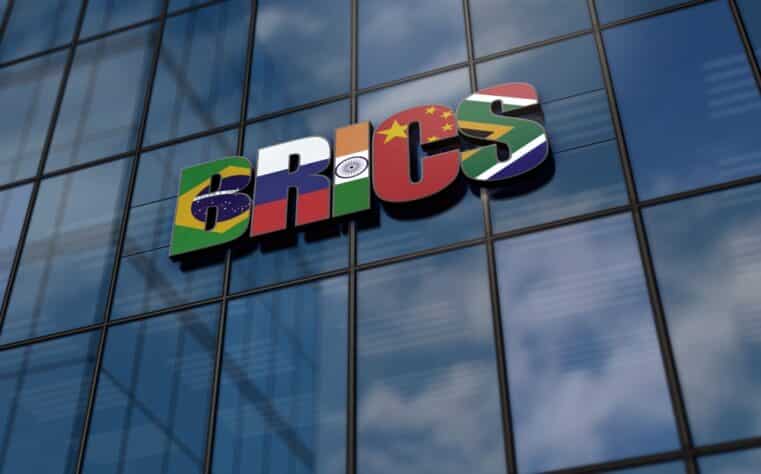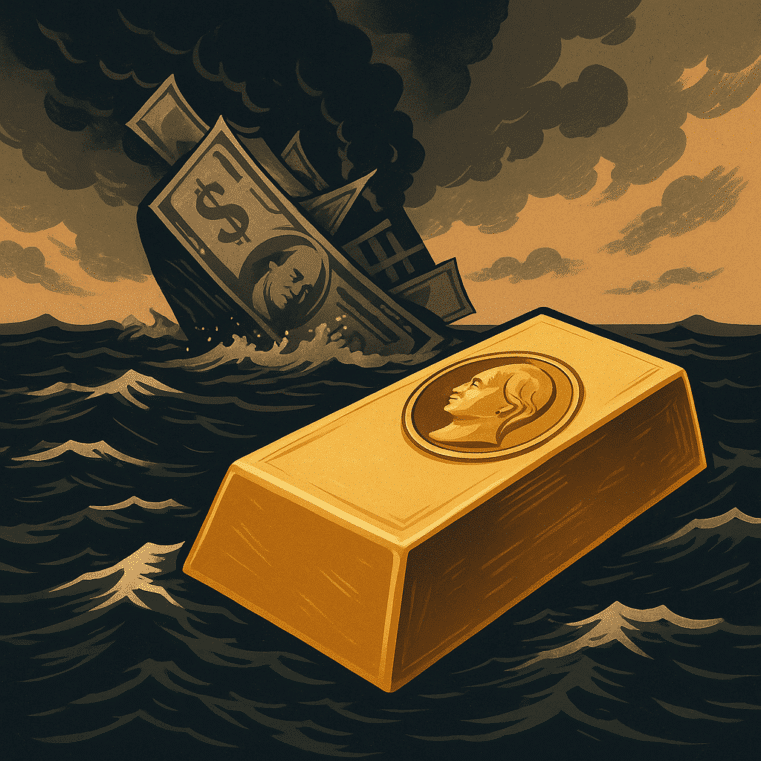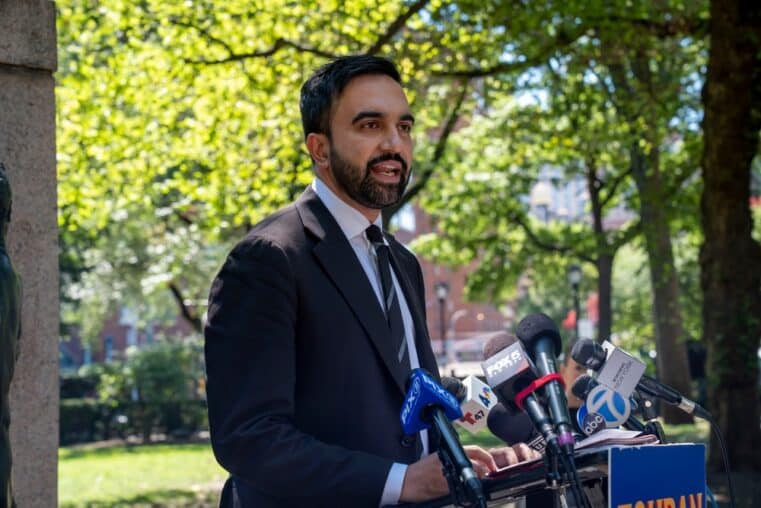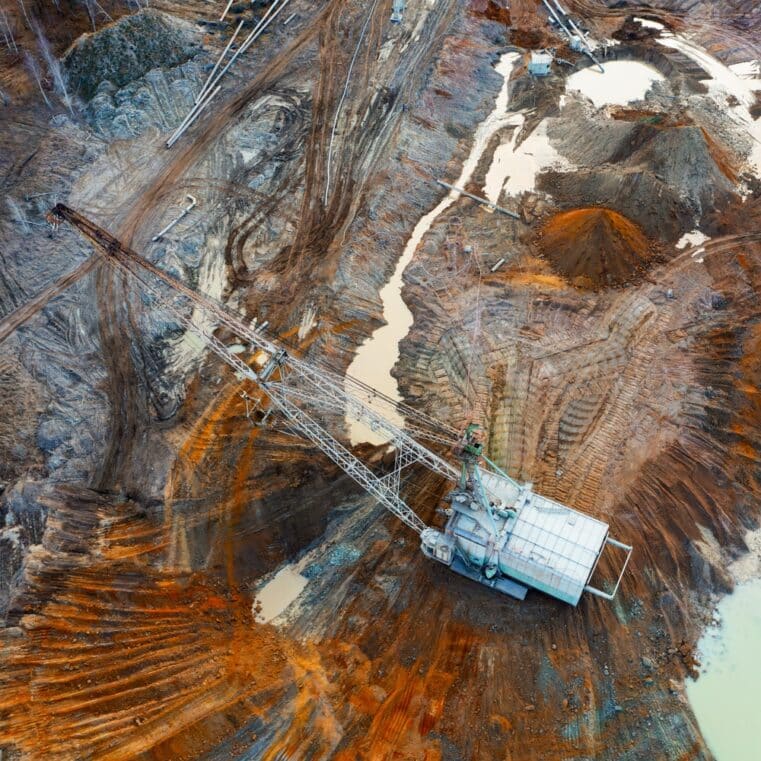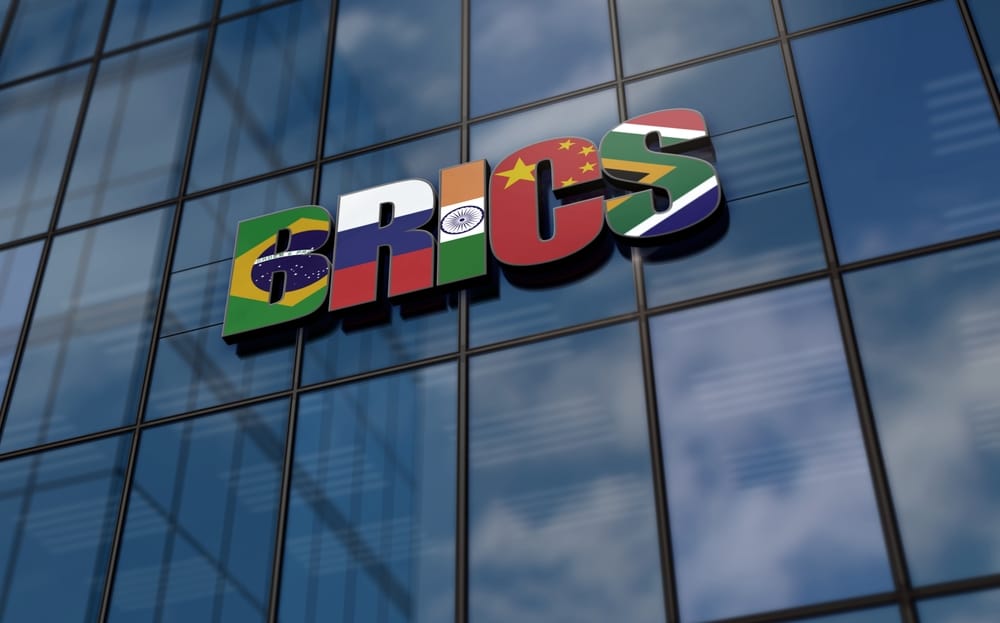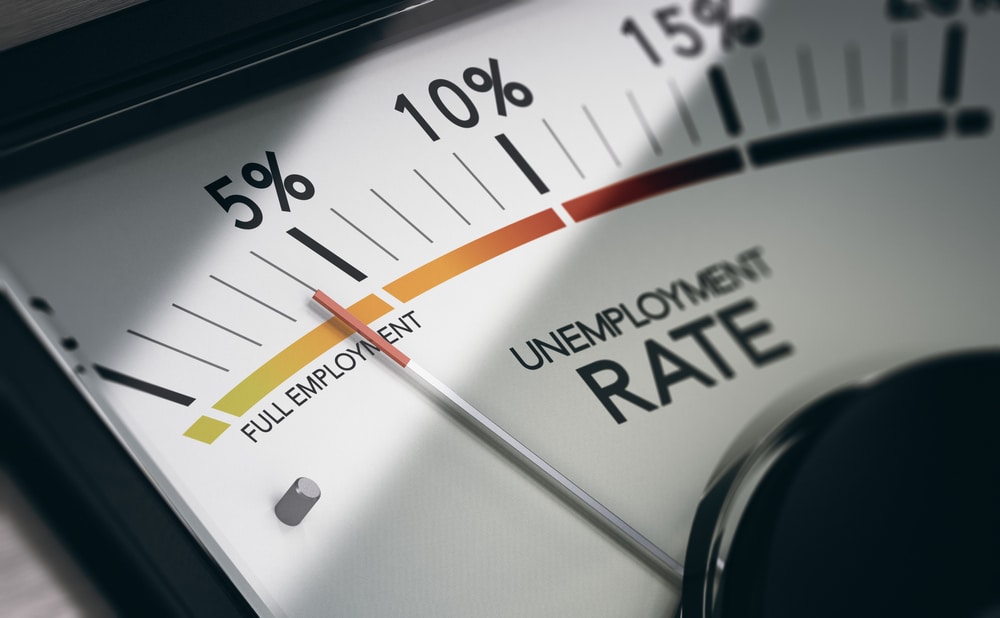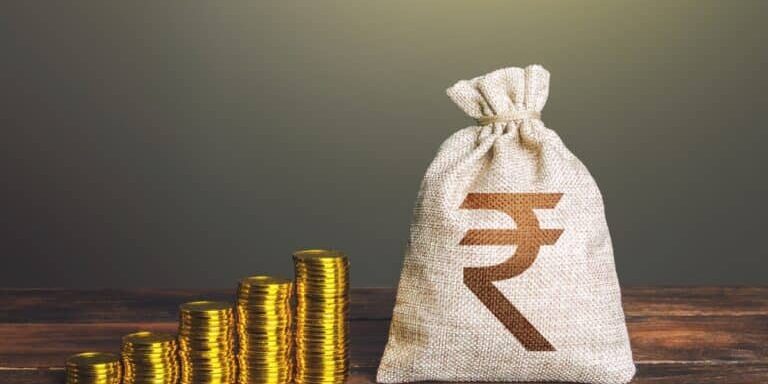
BRICS Just Weaponized the Rupee—Here’s Why It Matters
The Rise of the Rupee: BRICS’ Weapon of Choice?
It starts quietly—always does. A routine circular from the Reserve Bank of India giving foreign nations the green light to settle trade in rupees, not dollars. Harmless enough on the surface. But beneath that bureaucratic language lies a clear strategic message: India is preparing to de-dollarize trade within BRICS. And not just a little—up to $100 billion in transactions could be shifted out of U.S. dollars and into INR via special Vostro accounts.
Now, let’s be honest. Most Americans won’t blink an eye at this headline. “So what if India wants to use rupees?” they’ll say. But I’ll ask you this:
What happens when the rest of the world decides they no longer need dollars?
Because make no mistake—that’s exactly what’s happening. Slowly, deliberately, strategically. And the consequences for the United States are nothing short of catastrophic.
The Dominoes Are Already Falling
India isn’t acting in a vacuum. This push for INR settlement is part of a coordinated BRICS-wide strategy to dismantle the dollar’s monopoly on global trade. Russia and China have already slashed their dollar holdings and are transacting in rubles and yuan. Brazil and South Africa have openly discussed alternatives. Now, India—a historically dollar-aligned economy—is shifting gears.
And here’s the kicker: 85% of India’s trade is still in dollars. That’s the vulnerable flank they’re now exploiting. A shift of just 10–15%—as Ajay Sahai of the Federation of Indian Export Organizations suggests—translates to over $100 billion annually flowing through non-dollar corridors.
What do you think happens when those dollars don’t return home? When the global demand for U.S. Treasuries starts to dry up? When countries realize they no longer need to stockpile greenbacks to secure oil, food, or manufactured goods?
The dollar implodes under its own weight.
The Petrodollar’s Death Spiral
For decades, the U.S. dollar’s strength wasn’t backed by gold, productivity, or fiscal responsibility. It was backed by compulsion—specifically, the compulsion to buy energy in dollars. This “petrodollar” system, secured through backroom deals and military muscle, is the real reason the dollar became the world’s reserve currency after Nixon killed the gold standard in 1971.
But the tide is turning.
As India, China, and Russia build bilateral trade deals in their own currencies—and as gold-backed alternatives quietly emerge—the dollar's utility is eroding fast. And in a multi-polar trade world, where nations can settle deals in rupees, yuan, or rubles, the dollar's days of dominance are numbered.
The most dangerous part? Washington isn’t just unprepared—they're in denial.
America’s Fiscal House of Cards
Ask yourself: What happens to a government that runs trillion-dollar deficits… when global demand for its debt evaporates?
Interest rates explode.
Inflation returns with a vengeance.
The Fed’s balance sheet balloons even further.
And the purchasing power of your dollars vanishes.
The average American family—already stretched by groceries, rent, and healthcare—will be blindsided when imported goods become unaffordable, energy prices spike, and the cost of living hits a breaking point.
Meanwhile, elites will quietly rotate their wealth into real assets: gold, land, energy, and decentralized currencies.
The Next Move: Will the U.S. Fight or Fold?
This moment isn’t just about India pushing the rupee. It’s about a global revolt against U.S. financial hegemony—one trade agreement, one currency swap at a time.
And while D.C. fiddles with digital currency rollouts like FedNow and CBDCs, BRICS is building a multipolar monetary world grounded in sovereignty, not sanctions.
Will America retaliate economically? Will it coerce allies to hold the line with the dollar? Or will it double down on debt, devaluation, and denial?
Here’s a prediction: As BRICS advances, expect Washington to accelerate financial control domestically. Expect stricter capital controls, tighter KYC rules, and the slow eradication of financial privacy. After all, when a regime loses control abroad, it seeks more control at home.
What You Can Do Now
You don’t need to be a geopolitical analyst to see where this is going. You need to be a realist. The dollar you hold is a claim on a dying empire’s promises. And when promises go unpaid, only assets that can’t be printed—like gold, silver, and decentralized currencies—retain their value.
Ask yourself: Are you holding claims, or are you holding value?
Final Thoughts
India’s rupee push may seem like a minor regional story—but it’s not. It’s a signal flare, illuminating the end of dollar supremacy and the rise of a new financial order. You can ignore it and hope the Fed saves the day… or you can act now and position yourself outside the blast zone.
As I’ve said before: Control the money, and you control the world. Free the money—and you free yourself.
Call to Action
The financial landscape is shifting faster than most realize, and those who fail to prepare risk being left behind. If you’re ready to take control of your financial destiny, I’ve got two resources that can help you start today:
📘 Download my free book, "Seven Steps to Protect Your Bank Accounts," and learn actionable strategies to shield your wealth from the coming economic storm.
👉 Click here to get your digital copy.
📕 Prefer the feel of a hardcover? I'm offering Bill Brocius’ groundbreaking book, "The End of Banking as You Know It," at a special price of $19.95 (currently $49.95 on Amazon).
👉 Order your discounted copy here.



